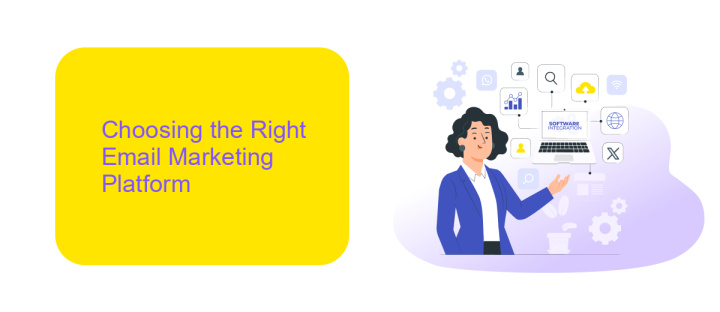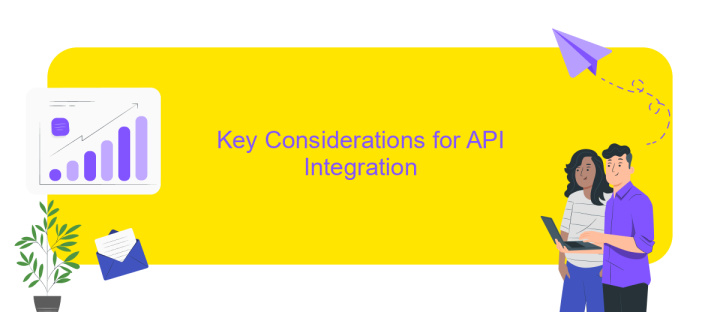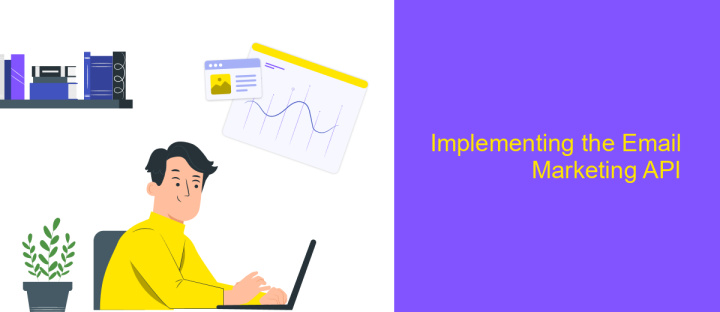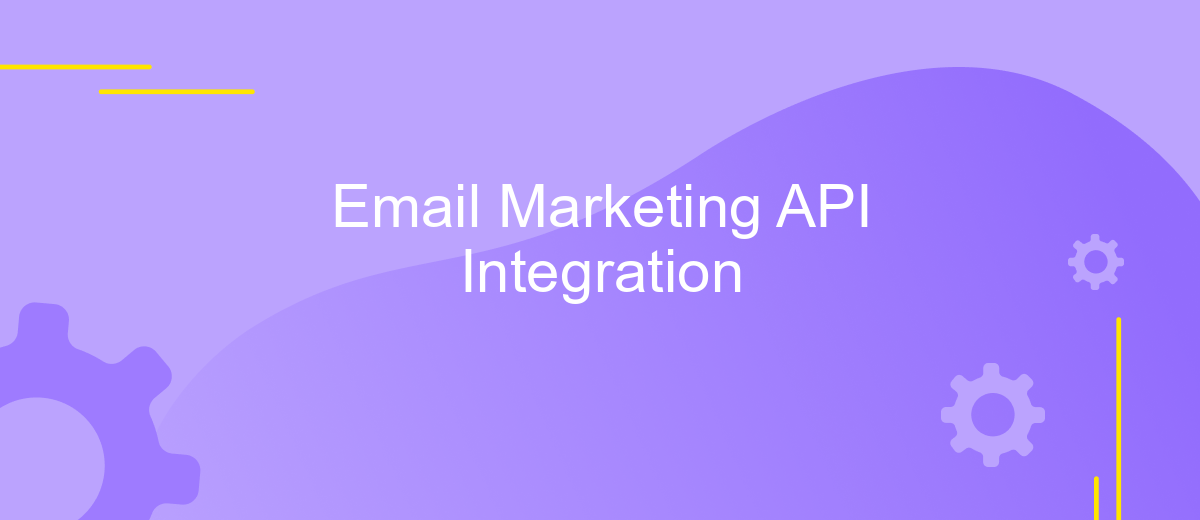Email Marketing API Integration
In the rapidly evolving digital landscape, integrating an Email Marketing API can be a game-changer for businesses seeking to enhance their marketing strategies. This powerful tool allows seamless communication between your existing systems and email marketing platforms, enabling automated workflows, personalized campaigns, and real-time analytics. By leveraging API integration, companies can optimize their email marketing efforts, improve customer engagement, and drive better results with minimal manual intervention.
Understanding Email Marketing APIs
Email Marketing APIs are powerful tools that enable seamless integration between email marketing platforms and other applications. These APIs allow businesses to automate email campaigns, manage subscriber lists, and analyze performance metrics without manual intervention. By leveraging APIs, companies can enhance their marketing strategies, ensuring timely and personalized communication with their audience. Understanding how these APIs function is crucial for maximizing their potential in driving engagement and conversions.
- Automation: APIs facilitate automated email sending, reducing manual workload.
- Personalization: Customize emails based on user data for targeted messaging.
- Analytics: Access detailed reports on open rates, click-throughs, and more.
- Integration: Seamlessly connect with CRM systems and other tools.
- Scalability: Easily manage large volumes of emails and subscribers.
Integrating Email Marketing APIs requires a clear understanding of API documentation and authentication processes. It’s essential to choose an API that aligns with your business needs, offering the features and flexibility required for your email marketing initiatives. By doing so, businesses can streamline operations, improve customer engagement, and ultimately drive better results from their email marketing efforts.
Choosing the Right Email Marketing Platform

When selecting an email marketing platform, it's crucial to consider your specific business needs and goals. Evaluate the platform's features, such as automation capabilities, segmentation options, and analytics tools, to ensure they align with your marketing strategy. Additionally, consider the platform's ease of use and integration capabilities with your existing systems. A user-friendly interface can save time and reduce the learning curve for your team, while seamless integration ensures a smooth workflow across your marketing tools.
It's also important to assess the platform's scalability and pricing structure to ensure it can grow with your business. Look for platforms that offer flexible plans and robust support to assist you as your needs evolve. Services like ApiX-Drive can facilitate the integration process by automating data flow between your chosen email marketing platform and other applications, enhancing efficiency and reducing the potential for errors. By carefully evaluating these factors, you can choose a platform that not only meets your current requirements but also supports your long-term marketing objectives.
Key Considerations for API Integration

Integrating an Email Marketing API into your system can significantly enhance your marketing capabilities, but it requires careful planning and execution. It's crucial to ensure that the API aligns with your existing infrastructure and business goals. Consider the scalability of the API to accommodate future growth and the level of customization it offers to meet your specific needs.
- Compatibility: Verify that the API is compatible with your current software and systems to avoid integration issues.
- Security: Ensure that the API provides robust security measures to protect sensitive customer data and comply with relevant regulations.
- Documentation: Comprehensive documentation is essential for a smooth integration process and ongoing maintenance.
- Support: Evaluate the level of support available, including technical assistance and community resources.
- Cost: Consider the pricing model of the API and any additional costs that may be incurred during integration and usage.
By addressing these key considerations, you can effectively integrate an Email Marketing API that enhances your marketing efforts while ensuring a seamless experience for both your team and your customers. A well-integrated API can lead to improved efficiency, better targeting, and ultimately, a higher return on investment.
Implementing the Email Marketing API

Integrating an Email Marketing API into your system can streamline your communication strategies and enhance user engagement. The first step involves selecting a reliable API provider that aligns with your business needs. Consider factors such as deliverability rates, ease of use, and available features.
Once you've chosen an API, the next step is to obtain your API key, which grants access to the provider's services. This key should be kept secure to prevent unauthorized access. Integration generally involves configuring your application to communicate with the API using HTTP requests. Ensure your system can handle the data formats used by the API, typically JSON or XML.
- Review the API documentation thoroughly to understand its capabilities and limitations.
- Set up authentication to securely connect to the API.
- Test API calls in a development environment before deploying them live.
- Implement error handling to manage potential API call failures.
After successful integration, monitor the API's performance and maintain regular updates to leverage new features. This will ensure your email marketing efforts remain effective and aligned with evolving business goals.
- Automate the work of an online store or landing
- Empower through integration
- Don't spend money on programmers and integrators
- Save time by automating routine tasks
Testing and Maintaining Your Integration
Once your Email Marketing API integration is set up, thorough testing is crucial to ensure its functionality and reliability. Begin by conducting unit tests to verify that each component of your integration operates correctly in isolation. Next, proceed with integration testing to confirm that all parts work together seamlessly. This step helps identify any discrepancies or errors in data flow between your systems. Utilize tools like ApiX-Drive to automate some of these processes, as it can simplify the testing phase by providing a user-friendly interface for monitoring and adjusting your integration settings.
After successful testing, maintaining your integration is essential to ensure its long-term efficiency. Regularly monitor the performance and error logs to identify any issues promptly. Schedule routine updates to accommodate changes in API versions or business requirements. Using services like ApiX-Drive can aid in maintaining your integration by offering real-time updates and notifications about any potential disruptions. By keeping a proactive approach in testing and maintenance, you can ensure that your Email Marketing API integration remains robust and continues to meet your marketing goals effectively.
FAQ
What is an Email Marketing API Integration?
How can I benefit from integrating an Email Marketing API?
What are the typical steps to integrate an Email Marketing API?
What challenges might I face during Email Marketing API Integration?
How can I ensure the security of my data during integration?
Apix-Drive is a simple and efficient system connector that will help you automate routine tasks and optimize business processes. You can save time and money, direct these resources to more important purposes. Test ApiX-Drive and make sure that this tool will relieve your employees and after 5 minutes of settings your business will start working faster.


